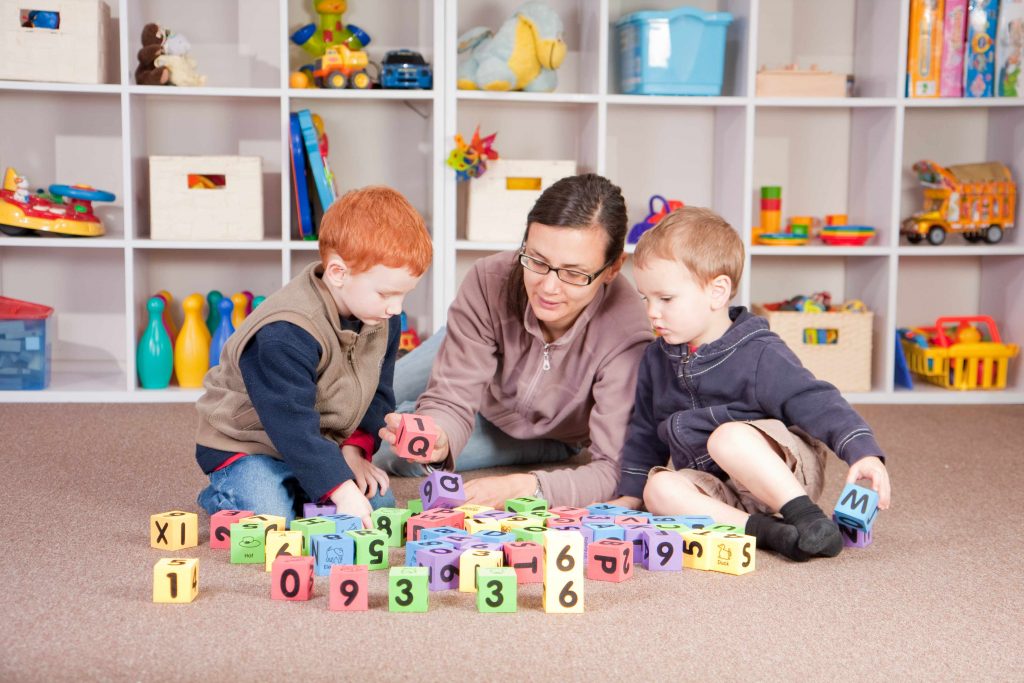-
Featured News
Mayo Clinic Q and A: Obsessive-compulsive disorder in young children
 DEAR MAYO CLINIC: At what age does obsessive-compulsive disorder typically become noticeable in children? My 7-year-old recently has become very focused on having things straight (e.g., blankets, toy cars and papers) and checking to make sure his stuffed animals are lined up a certain way before he goes to sleep. He even gets up to check them multiple times. Is this typical of a kid his age, or should I have him evaluated?
DEAR MAYO CLINIC: At what age does obsessive-compulsive disorder typically become noticeable in children? My 7-year-old recently has become very focused on having things straight (e.g., blankets, toy cars and papers) and checking to make sure his stuffed animals are lined up a certain way before he goes to sleep. He even gets up to check them multiple times. Is this typical of a kid his age, or should I have him evaluated?
ANSWER: The behaviors you’re seeing in your son could be appropriate forms of play for a child his age. It’s possible, however, that they might point to obsessive-compulsive disorder, or OCD, if he feels driven to do them, or if doing these routines interferes with his daily activities or causes significant distress. If that’s the case, an evaluation for OCD may be in order.
OCD is a condition characterized by a pattern of unreasonable thoughts and fears (obsessions) that lead people to do repetitive behaviors (compulsions). People with OCD may try to ignore or stop the obsessions, but that only increases their distress and anxiety. They then feel driven to perform compulsive acts to try to ease the stress. Despite efforts to ignore or get rid of the bothersome thoughts or urges, they keep coming back. This leads to more ritualistic behavior, and the cycle of OCD continues.
OCD can start at any age and has been known to affect very young children, even those under 5. Most often, though, OCD in children begins around 10, usually a little earlier for boys and a little later for girls.
The behaviors you mention — lining up toys and other items, arranging them in certain ways, making sure they’re straight — are not, in themselves, problematic. In the same way, following a certain routine around bedtime is good for children and can help them feel secure. So the fact that your son is engaging in these activities isn’t out of the ordinary.
These activities could be signs of an underlying problem, such as OCD, if your son doesn’t enjoy doing them, but believes he won’t feel good unless he does, or if he gets very upset if he cannot do them. In addition, if your son feels compelled to do these activities to the point that they get in the way of other activities or routines, that may signal a problem, too.
For example, if he has difficulty leaving for school in the morning if he hasn’t first straightened his blankets and papers just so, or if he becomes very upset if his attempts to arrange his animals are interrupted by a request to do something else (like come to dinner), then it may be time for an evaluation with his primary health care provider or a mental health professional.
If your son is diagnosed with OCD, the first treatment should be a type of psychotherapy called exposure and response prevention. It involves gradual exposure to a fear and learning to cope with the anxiety that fear triggers. For a child with OCD, that means breaking the rules the child has set, such as straightening, rearranging and double-checking, and learning that those routines aren’t needed in order to feel OK.
Keep in mind as you consider whether or not to have your son evaluated for OCD that it is the feelings his behaviors produce in addition to the behaviors themselves that must be examined. If he simply likes lining up his stuffed animals and straightening his things, and that doesn’t cause disruption or undue stress in your household, you can feel confident just letting him continue to enjoy these activities. — Dr. Stephen Whiteside, Psychiatry and Psychology, Mayo Clinic, Rochester, Minnesota
Related Articles







